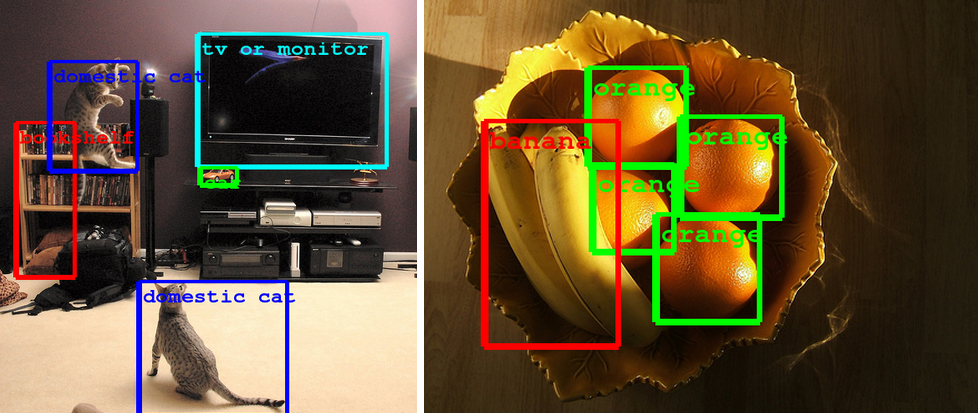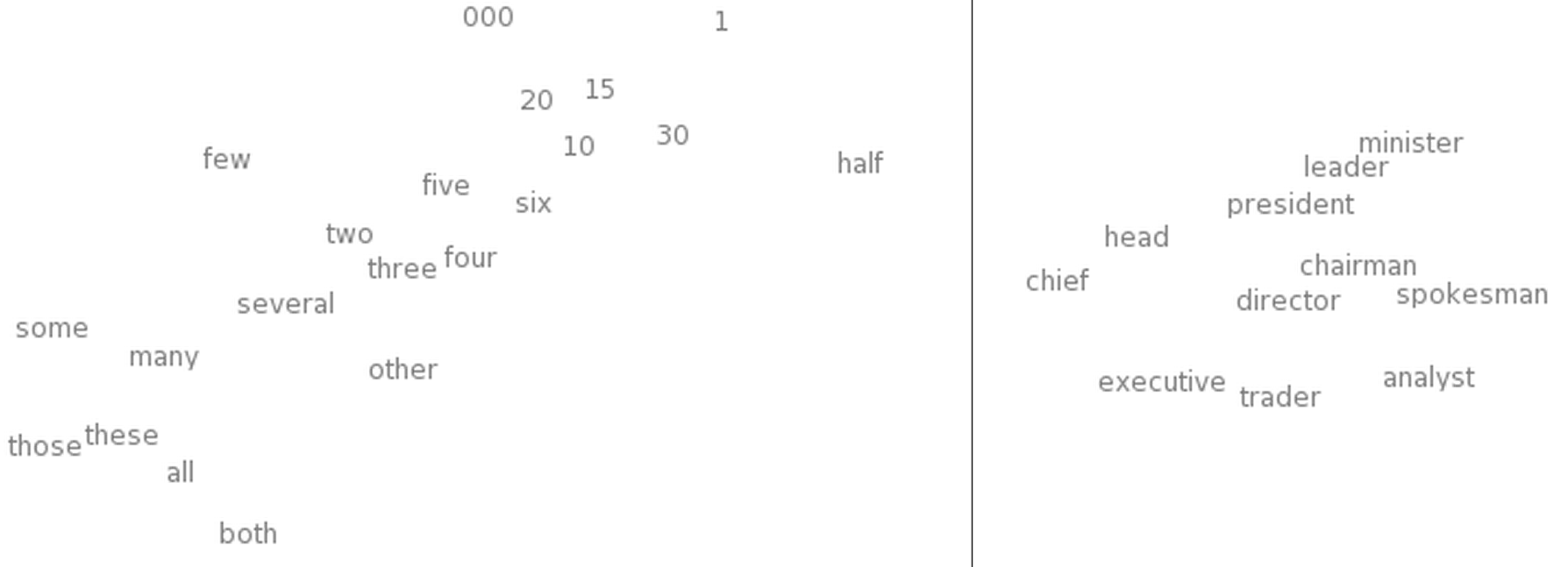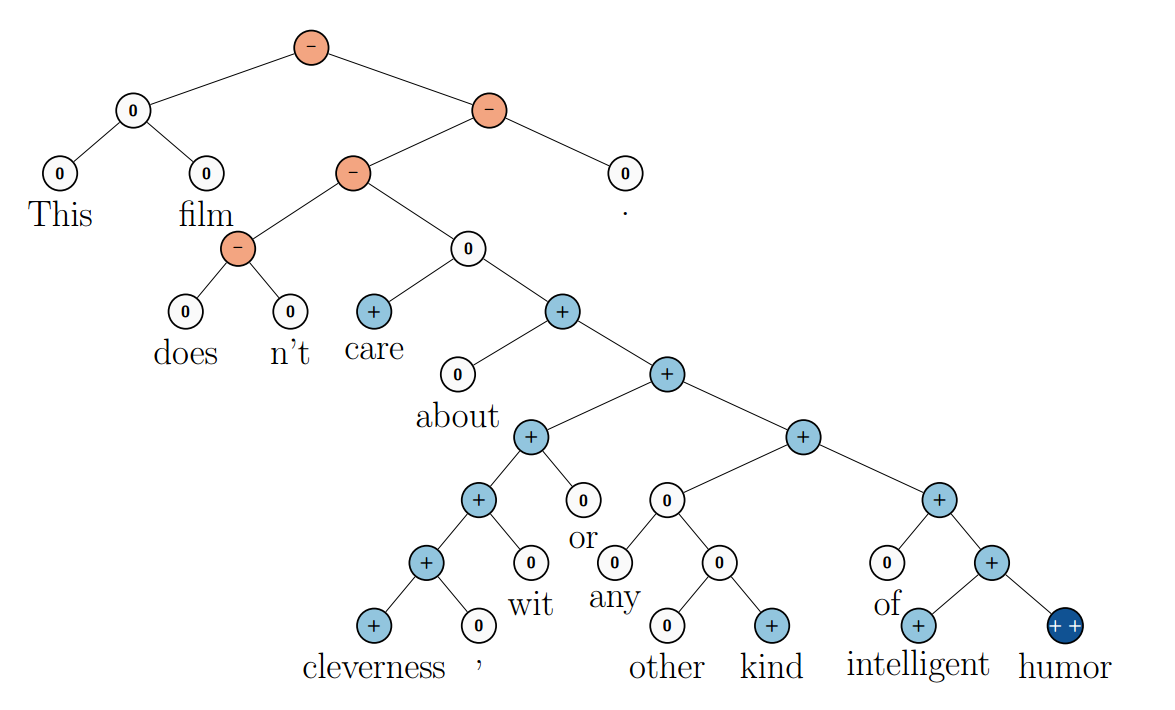Deep Learning for NLP Applications
What is Deep Learning?
Just a Neural Network!
- "Deep learning" refers to Deep Neural Networks
- A Deep Neural Network is simply a Neural Network with multiple hidden layers
- Neural Networks have been around since the 1970s

So why now?
Large Networks are hard to train
- Vanishing gradients make backpropagation harder
- Overfitting becomes a serious issue
- So we settled (for the time being) with simpler, more useful variations of Neural Networks


Then, suddenly ...
- We realized we can stack these simpler Neural Networks, making them easier to train
- We derived more efficient parameter estimation and model regularization methods
- Also, Moore's law kicked in and GPU computation became viable


So what's the big deal?
MASSIVE improvements in Computer Vision

Speech Recognition
- Baidu (with Andrew Ng as their chief) has built a state-of-the-art speech recognition system with Deep Learning
- Their dataset: 7000 hours of conversation couple with background noise synthesis for a total of 100,000 hours
- They processed this through a massive GPU cluster
Cross Domain Representations
- What if you wanted to take an image and generate a description of it?
- The beauty of representation learning is it's ability to be distributed across tasks
- This is the real power of Neural Networks

But Samiur, what about NLP?
Deep Learning NLP
- Distributed word representations
- Dependency Parsing
- Sentiment Analysis
- And many others ...
Standard
- Bag of Words
- A one-hot encoding
- 20k to 50k dimensions
- Can be improved by factoring in document frequency
Word embedding
- Neural Word embeddings
- Uses a vector space that attempts to predict a word given a context window
- 200-400 dimensions
motel [0.06, -0.01, 0.13, 0.07, -0.06, -0.04, 0, -0.04]
hotel [0.07, -0.03, 0.07, 0.06, -0.06, -0.03, 0.01, -0.05]
Word Representations

Word embeddings make semantic similarity and synonyms possible



Word embeddings have cool properties:
Dependency Parsing
Converting sentences to a dependency based grammar

Simplifying this to the verbs and it's agents is called Semantic Role Labeling

Sentiment Analysis
- Recursive Neural Networks
- Can model tree structures very well
- This makes it great for other NLP tasks too (such as parsing)

Get to the applications part already!
Tools
- Python
- Theano/PyLearn2
- Gensim (for word2vec)
- nolearn (uses scikit-learn
- Java/Clojure/Scala
- DeepLearning4j
- neuralnetworks by Ivan Vasilev
- APIs
- Alchemy API
- Meta Mind
Problem: Funding Sentence Classifier
Build a binary classifier that is able to take any sentence from a news article and tell if it's about funding or not.
eg. "Mattermark is today announcing that it has raised a round of $6.5 million"
Word Vectors
- Used Gensim's Word2Vec implementation to train unsupervised word vectors on the UMBC Webbase Corpus (~100M documents, ~48GB of text)
- Then, iterated 20 times on text in news articles in the tech news domain (~1M documents, ~300MB of text)
Sentence Vectors
- How can you compose word vectors to make sentence vectors?
- Use paragraph vector model proposed by Quoc Le
- Feed into an RNN constructed by a dependency tree of the sentence
- Use some heuristic function to combine the string of word vectors
What did we try?
- TF-IDF + Naive Bayes
- Word2Vec + Composition Methods
- Word2Vec + TF-IDF + Composition Methods
- Word2Vec + TF-IDF + Semantic Role Labeling (SRL) + Composition Methods
Composition Methods


Where wi represents the i'th word vector,
wv the word vector for the verb, and a0 and a1 are agents
What worked?
- Word2Vec + TFIDF + SRL + Circular Convolution /Additive
- The first method with simple TFIDF/Naive Bayes performed extremely poorly because of it's large dimensionality
- Combining TFIDF with Word2Vec provided a small, but noticeable improvement
- Adding SRL and a more sophisticated composition method increased performance by almost 5%
What else could we try?
- Can we apply this method to generate general purpose document vectors?
- We are currently using LDA (a topic analysis method) or simple TFIDF to create document vectors
- How will this method compare to the already proposed paragraph vector method by Quoc Le?
- Can we associate these document vectors with much smaller query strings?
- eg. Search for artificial intelligence against our companies and get better results than keyword search
Who's doing ML at Mattermark?

mattermark


We need more people! Refer anyone that you know that does Data Science/ML

Deep Learning for NLP Applications
By Samiur Rahman
Deep Learning for NLP Applications
- 7,857

